KGB killings were never as blatant as Vladimir Putin’s trail of assassinations
The soviet state specialised in stealthy ‘wet jobs’, but mob boss Vladimir Putin wants his assassinations written in the sky for all to see.
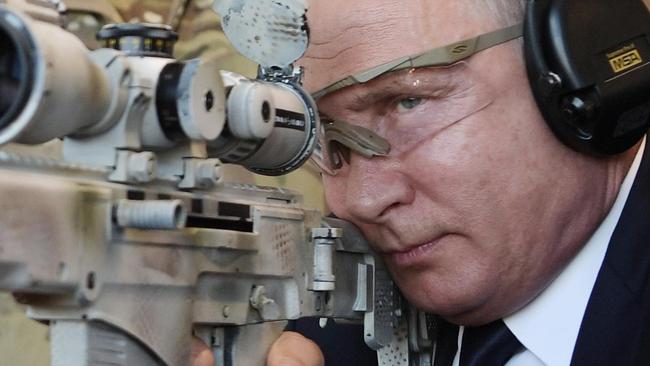
The assassination of mercenary leader Yevgeny Prigozhin is murderous political theatre, a brazen hit job, a whodunit in which everyone knows who done it.
The downing of the jet carrying the Wagner chief and nine others follows a long history of Russian political murders, and yet it also represents a new phase in the homicidal progress of Vladimir Putin, whose killings have grown steadily more performative, theatrical and blatant.
Under Stalin, so-called wet jobs were carried out in the dark; stealthy liquidations behind a facade of mystery. For Putin, they are public acts, intended to be seen, and feared: a cascade of Russian business figures tumbling off balconies, opposition leaders murdered and poisoned in public, easily traceable novichok smeared on a door handle in Salisbury.
Stalin’s KGB killers covered their tracks. Putin’s FSB assassins hardly bother, offering definitive proof of the regime’s mutation from a government into a mafia.
The wreckage of Prigozhin’s jet was still burning when officials produced the manifest indicating he was on board, a process that normally takes days. Within 24 hours, Putin was offering “condolences” to the family and praising this “talented businessman” for his “significant contribution” to Russia’s war in Ukraine. Here was the mob boss, chief mourner at the funeral of the victim he has just gunned down. The Kremlin, of course, has dismissed allegations that it ordered the killing as a “complete lie”.
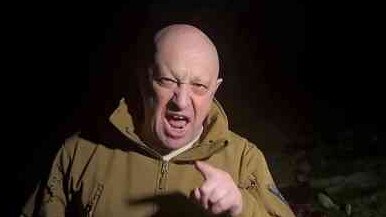
The Wagner mutiny was in progress when Putin declared the traitors would be punished. For the sake of his own survival, the Capo dei Capi could not allow Prigozhin to survive. As President Zelensky of Ukraine remarked: “We had nothing to do with it. Everybody realises who had something to do with it.”
Even the plot itself seems to have been scripted for maximum public impact. Prigozhin could easily have been made to “disappear”; instead, his plane was blown up at 28,000 feet, a fiery aerial epitaph spattered across YouTube.
The bomb appears to have been smuggled aboard the Embraer Legacy 600 jet inside a case of wine, echoing the attempt to kill Hitler in 1941 by planting plastic explosives on the Fuhrer’s plane in a box containing two bottles of Cointreau. Among those on board were Prigozhin’s neo-Nazi deputy, Dmitry Utkin, complete with SS tattoos. The entire episode is so melodramatic as to be positively Wagnerian.
This is not how the KGB’s Specialist Bureau 13, the “Department of Wet Affairs”, went about killing its foes. In 1937, the Soviet intelligence officer Walter Krivitsky defected to Britain, bringing a wealth of intelligence. Four years later he was found dead in a Washington hotel, with a bullet in his head and three suicide notes. “If I am ever found apparently a suicide, you will know the NKVD caught up with me,” he wrote before his death. Most historians believe he was killed by Stalin’s agents. Yet the mystery lingers.
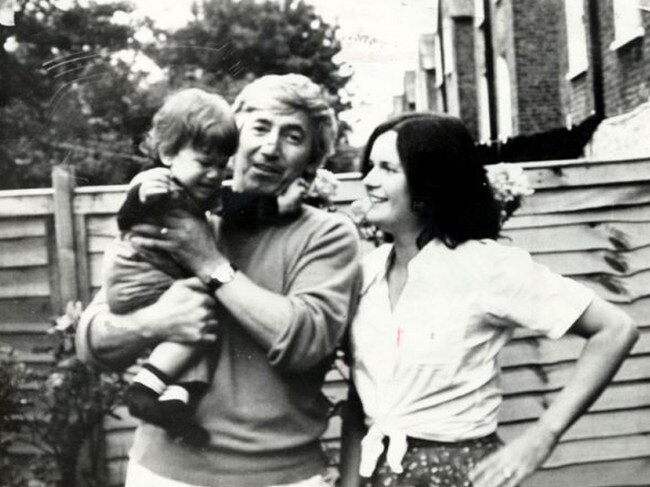
The Bulgarian dissident Georgi Markov was on Waterloo Bridge in 1978 when a pellet of ricin was injected into his leg, probably using an adapted umbrella. He died four days later. Only after the fall of the Berlin Wall was it revealed that the assassination had been carried out by the Bulgarian Secret Service with KGB assistance.
In 1940 Leon Trotsky was murdered in his Mexico City study by the Spanish communist Ramon Mercader, using an ice axe. It took the Soviets more than 20 years to acknowledge its role, when the KGB awarded Mercader the Order of Lenin, the highest civilian honour.
KGB “wet jobs” (the term derives from 19th-century Russian criminal slang) were carried out in deliberate secrecy. Stalin and his communist successors were perfectly ready to kill their enemies in cold blood, at home and abroad, but did so without leaving obvious fingerprints. A secret 1976 CIA investigation entitled “Soviet Use of Assassination” noted that “even in cases where the Soviet hand is obvious, investigation often produces only fragmentary information, due to the KGB ability to camouflage its trail”.
So far from disguising Russia’s trail of assassinations, former KGB colonel Vladimir Putin glories in it. His threats and thirst for revenge are undisguised. Back in 2010 he publicly asserted: “Traitors will kick the bucket, trust me.”
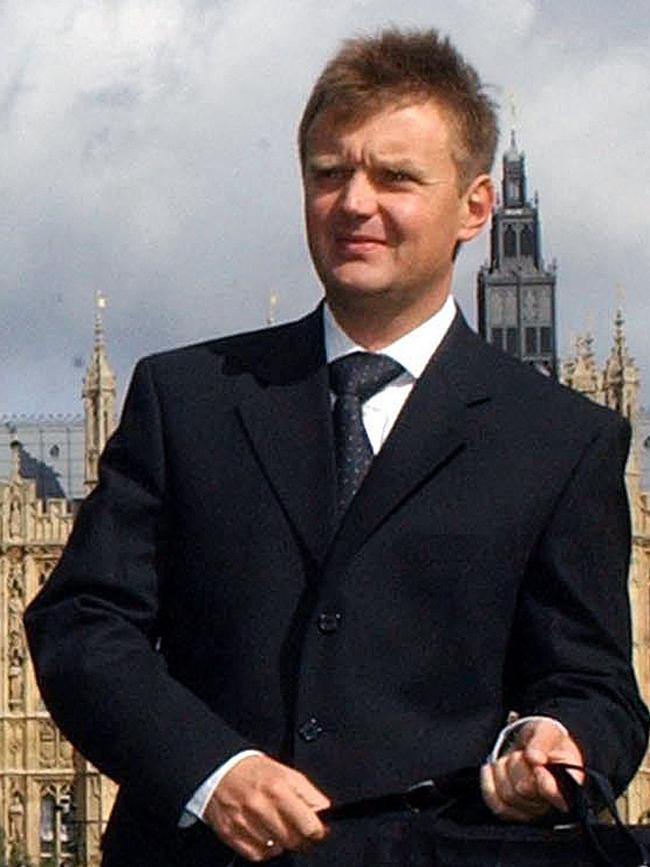
David Cameron rightly described the poisoning of the former FSB officer Alexander Litvinenko as “state-sponsored murder”. Russia declined to extradite his killers, dismissing the subsequent inquiry as “a joke”. The main suspect, the former KGB bodyguard Andrei Lugovoy, has since become an MP in the Russian Duma.
After the attempted murder of the Russian double agent Sergei Skripal in 2018, Putin paraded the perpetrators on Russian television, where they baldly declared that they had only come to “this wonderful town” on the suggestion of friends and to admire the gothic architecture of the cathedral. “It’s famous for its 123-metre spire, it’s famous for its clock, the first one ever created in the world, which is still working.”
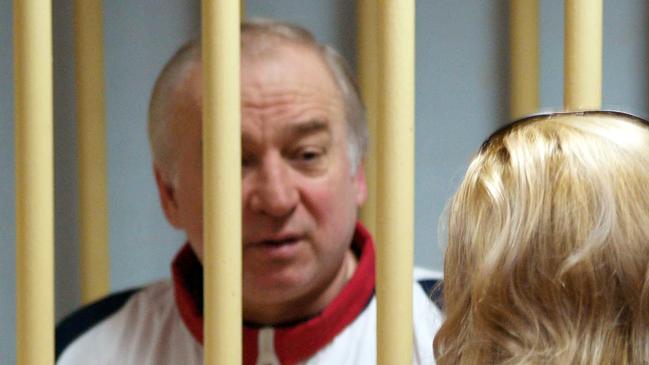
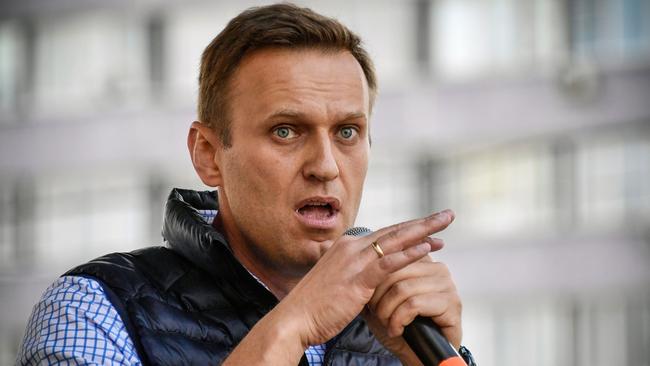
Following the failed attempt to poison the opposition leader Alexei Navalny in 2020, the Kremlin declared, with smirking insincerity. “We wish him a speedy recovery”.
The Russian word for this is vranyo, which might be translated as: “When I lie to you, you know I am lying to you, I know you know I am lying, and I still lie to you.”
Putin’s statement after the downing of Prigozhin’s jet is merely the latest, and most egregious example of a grimly familiar story: an orchestrated murder, a mob hit written in the sky for all to see.
Once upon a time there was a ruthless Russian mercenary, jail bird, war criminal and Kremlin chef who also wrote books for children. This is an aspect of Prigozhin’s CV often overlooked. His book, Indraguzik (2003), tells the story of a tribe of tiny people who live in a magic chandelier and come to the aid of a great king.
As a brutal collaborator in Putin’s crimes, Prigozhin should have known better than anyone that he would not live happily ever after.
The Times

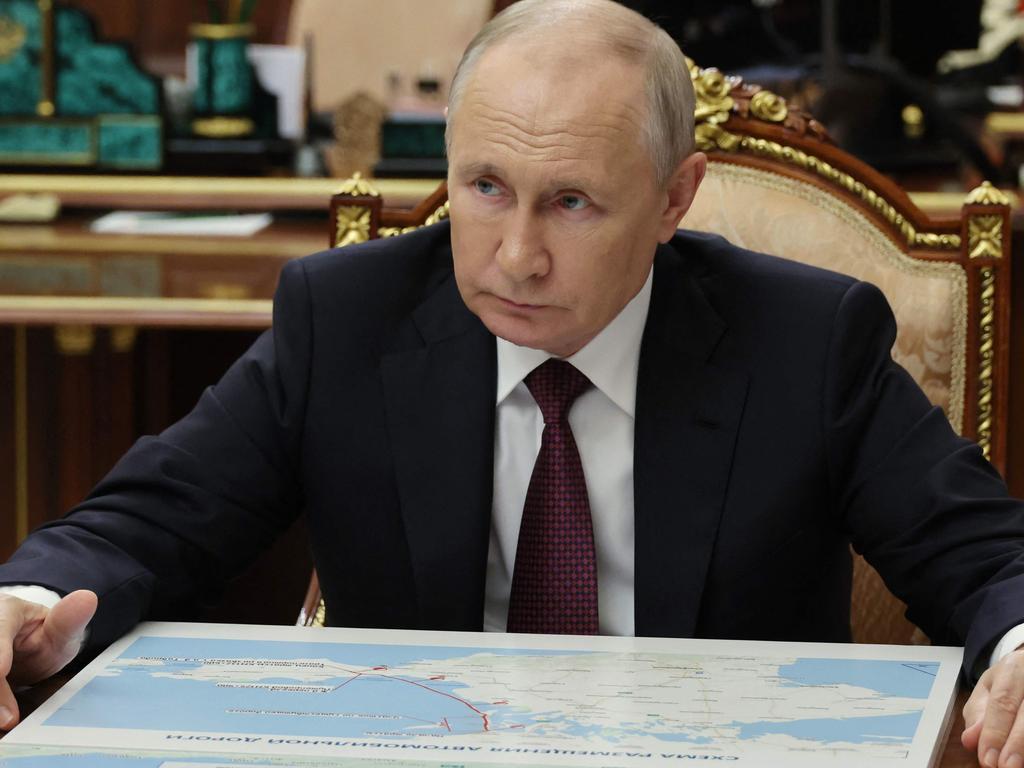
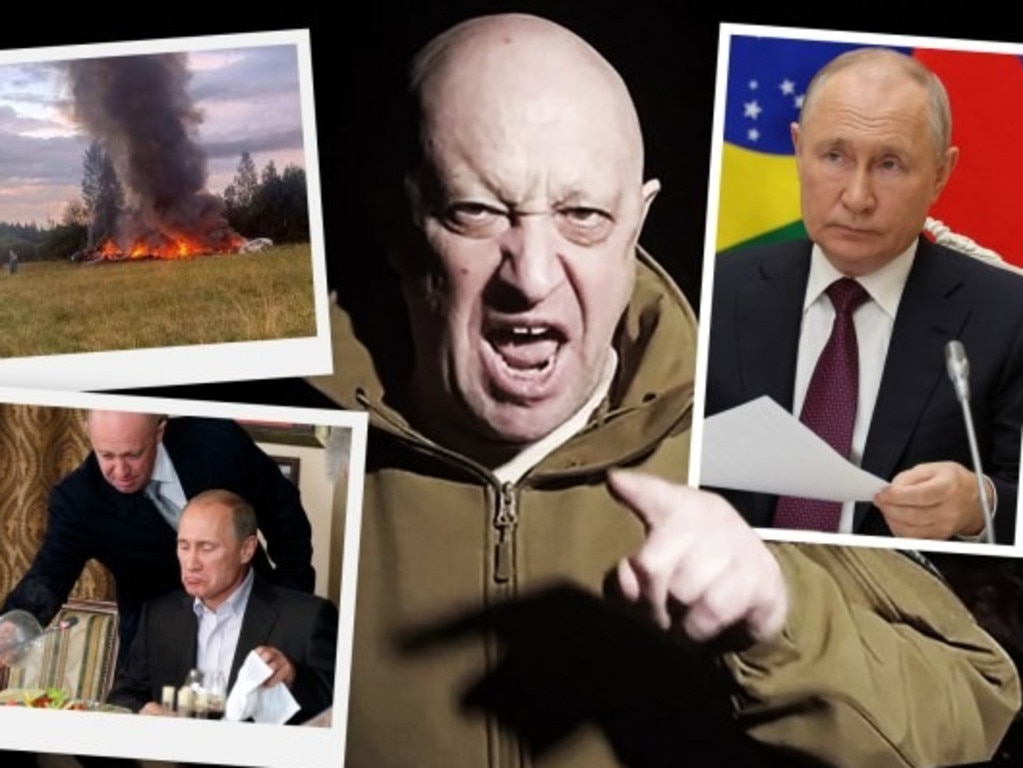
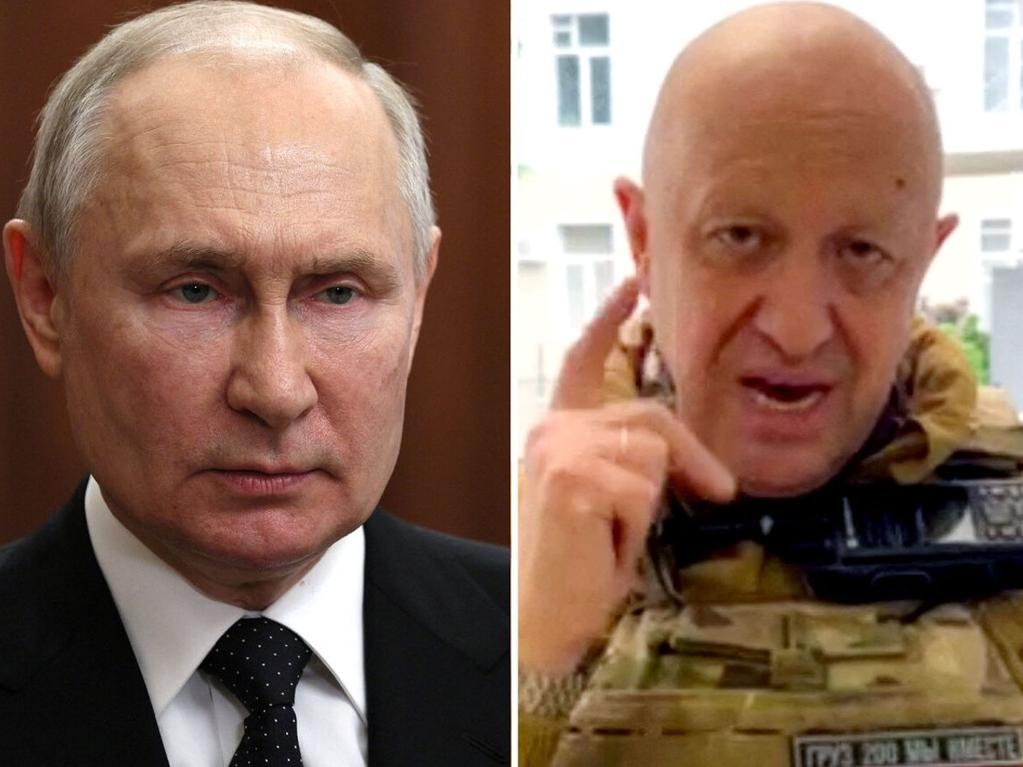


To join the conversation, please log in. Don't have an account? Register
Join the conversation, you are commenting as Logout